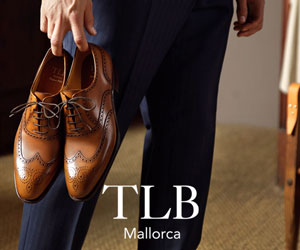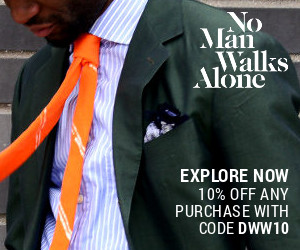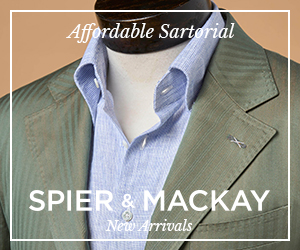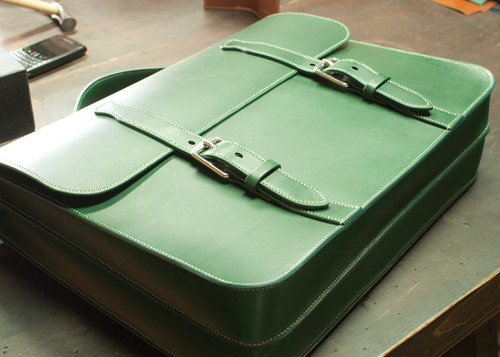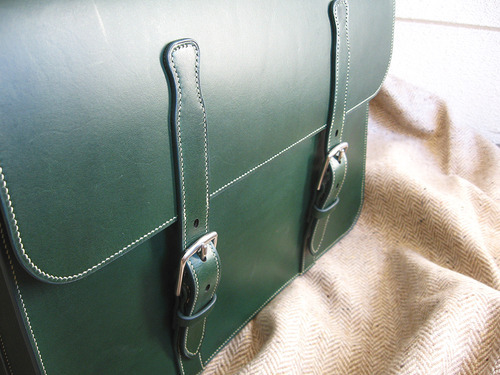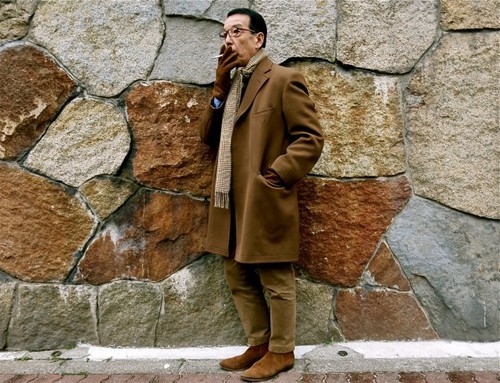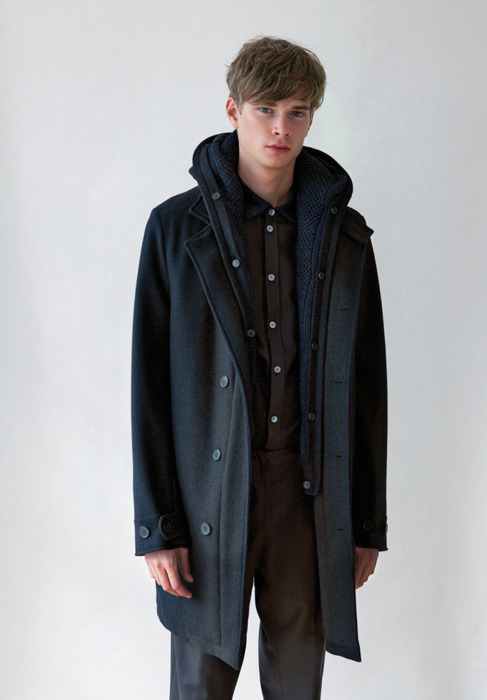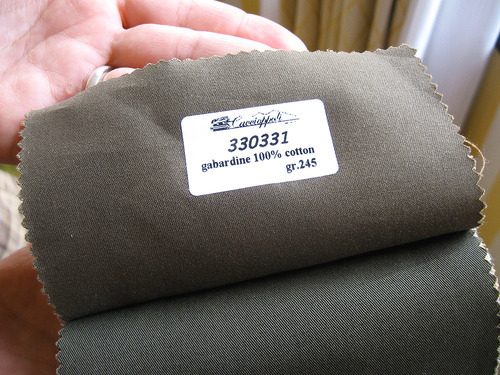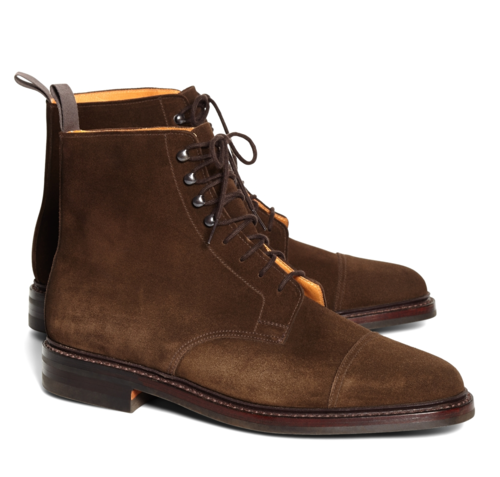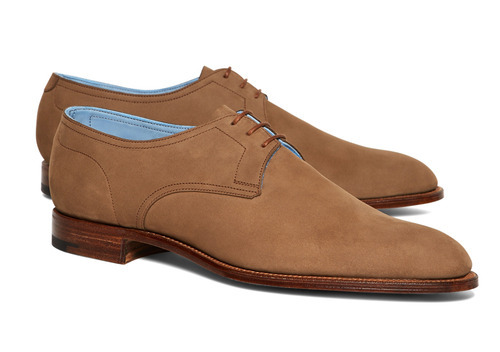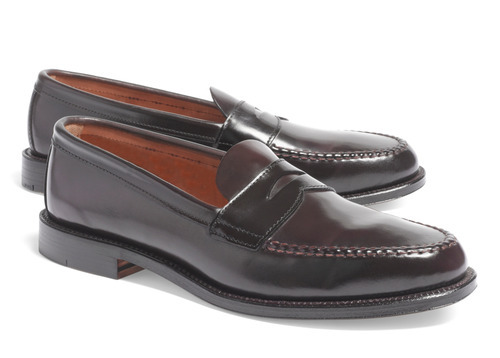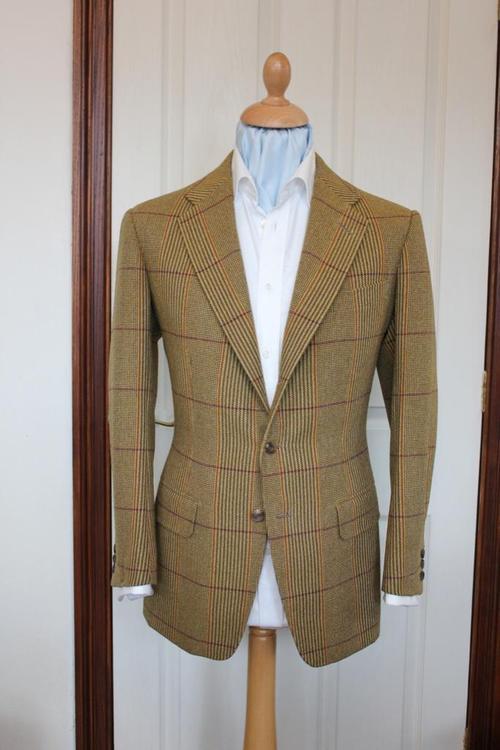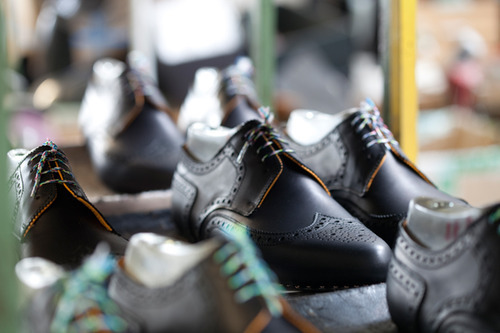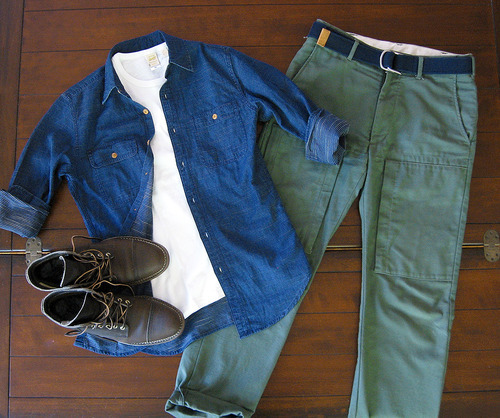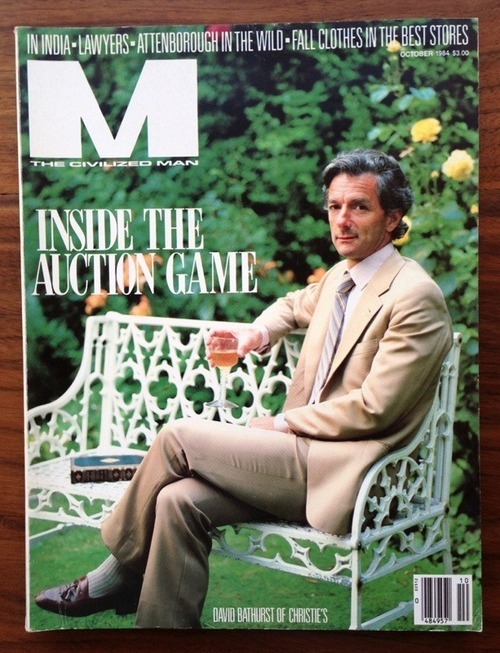
I was cleaning up my apartment over the weekend when I came across a stack of old, forgotten issues from the now defunct M Magazine. A Fairchild Publication, M was launched in September of 1983 with a special issue on Prince Philip and navy blazers. It lasted just seven short years under the title of M the Civilized Man before it was changed to M Inc (Manhattan Inc) in 1990. About two years later, the magazine folded completely, with subscribers receiving GQ for the remainder of their subscriptions.
For the time it lasted, however, the publication was great. Especially during those early years. Although it wasn’t a fashion publication, per se, it was loosely centered on style. Every issue had a fashion spread, a feature on stylish men or places, and the occasional story on handsome items you might want to buy that month. There was also always a column at the end that would pose a rhetorical “why not?” As in, why not buy some fancy pajamas, or a three-piece suit, or a sweater with a big pheasant on it? (The last was a real, honest-to-God question posed by the magazine’s editors).
Towards the end of the ‘80s, the publication gravitated towards Italian fashion and trendy casualwear, but the earlier issues felt a little more classic, if not at least British and American. In more recent years, John Tinseth over at The Trad put together a “best of M” book, although I haven’t been able to find a copy. Peter Kaplan was also working to re-launch the title through Conde Nast before he unfortunately passed away.
Keep reading
